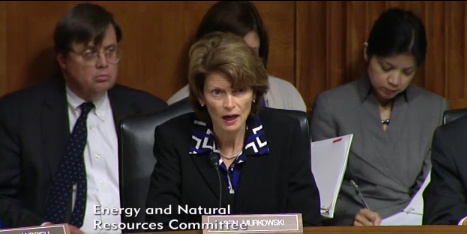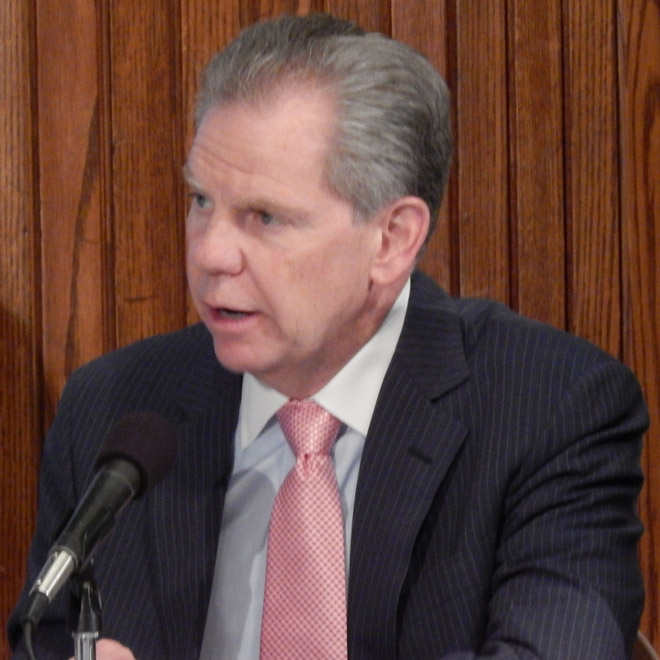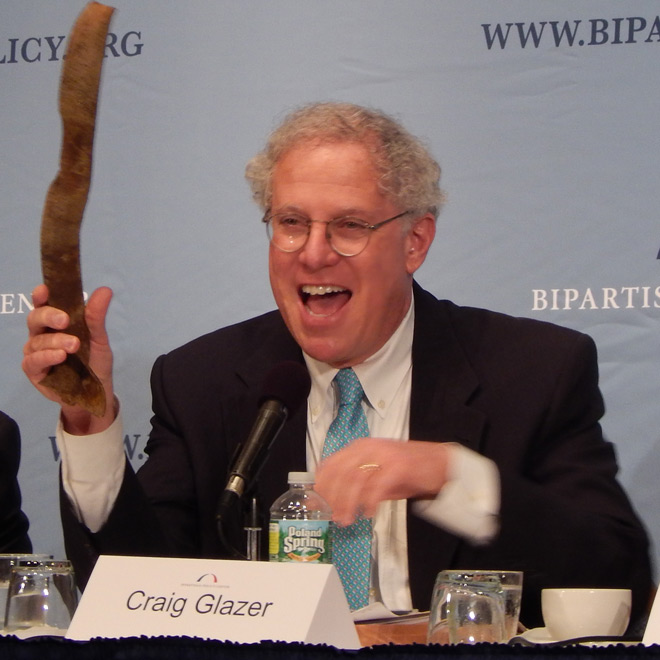By Suzanne Herel
In its first quarterly State of the Market Report for 2015, PJM’s Independent Market Monitor found that market performance was better than in the first three months of 2014, but it identified areas needing attention, including the ability for participants to increase markups in tight market conditions and flaws in the capacity market.
The report, released Monday, coincided with PJM’s response to the Monitor’s 2014 annual State of the Market Report, saying the RTO had either implemented or was in the process of addressing 66% of the Monitor’s concerns. (See Monitor: Winter Prices Boosted PJM Prices, Raise Withholding Concerns.)
Capacity
Both reports addressed the need to implement PJM’s Capacity Performance plan, on which the Federal Energy Regulatory Commission is expected to rule by June 9. (See PJM Responds to FERC Queries on Capacity Performance, Requests Approval.)
PJM’s response detailed how the polar vortex and winter storms of 2014 tested the reliability of the grid, making apparent the need for some improvements.
“The January 2014 events call attention to many of the recommendations the IMM has made in previous State of the Market Reports regarding performance incentives for capacity resources, the need to enforce annual performance for demand resources and for ensuring as much flexibility as possible regarding generator operating parameters,” PJM said.
Similarly, the Monitor’s report noted that the markets have reflected February’s unusually cold weather.
“PJM markets did work during the extreme conditions, but the experience continues to highlight areas of market design that need improvement,” it said.
For one, it is “more critical than ever” to fix capacity market prices, the Monitor said.
“The underlying capacity market issues have not been addressed,” it said. “For example, uplift remained high in large part as a result of inflexible unit parameters, which were based, in many cases, on inflexible gas supply arrangements; outages were high, performance incentives remain weak, prices in the capacity market remain well below replacement costs and there is no resolution of the disconnect between the incentives facing electric generating units and the incentives facing gas pipelines, which is a barrier to the construction of new pipeline capacity.”
Withholding Concerns
The quarterly review concluded that energy prices generally reflected competitive behavior. But, it said, “the behavior of some participants during the high demand periods in 2014 and 2015 raises concerns about economic withholding.”
“In particular,” the Monitor said, “there are issues related to the ability to increase markups substantially in tight market conditions, to the uncertainties about the pricing and availability of natural gas, and to the lack of adequate incentives for unit owners to take all necessary actions to acquire fuel and generate power rather than take an outage.”
The fact that January 2014 was so severe, however, makes a quarter comparison difficult to interpret, Market Monitor Joe Bowring said. “It’s important to remember to put things in longer terms, in historical perspective,” he said.
He pointed to the load-weighted average of real-time LMPs as example. The average fell 45.2%, from $92.98/MWh in the first three months last year to $50.91/MWh this quarter. But that is 36.1% higher compared with the same period in 2013, the Monitor noted, as well as higher than the same quarters in 2009-2012.
“Even though prices went down dramatically, they’re really not that low,” Bowring said, also noting that they were higher than 11 of the 16 first quarters since the markets began in 1999.
The decrease in prices over last year is a result of lower fuel prices and demand, along with better grid operations, according to the report.
“Another key point is that markup remains significant. It was higher in terms of percent,” he said. “Markup is an indicator of non-competitive behavior. To the extent that we see markup cropping up, it’s a concern to competitiveness and an important flag for people.”
Meanwhile, total energy uplift charges for the quarter — still high compared with recent years — dropped by $560.6 million to $186.9 million, a 75% decrease, from last year.
Net revenues, while higher than in the first quarter of 2013, were “uniformly lower” compared with last year, which reflects the very high net revenues in January 2014.
Demand Response
The Monitor also touched on the Supreme Court’s upcoming review of an appellate court ruling voiding the Federal Energy Regulatory Commission’s jurisdiction over pricing of demand response in energy markets (Electric Power Supply Association v. Federal Energy Regulatory Commission). The Monitor said the situation “does create an opportunity to rethink the ways in which demand-side resources can most effectively participate in wholesale power markets based on market principles.
“Demand response should be on the demand side of the capacity market rather than on the supply side.”
It went on to say, “Demand resources should be provided a fair opportunity to compete, but demand resources should no longer be provided special advantages inconsistent with competitive markets. This approach would work regardless of the final decision of the EPSA case.”
PJM Releases Annual Report
PJM on Monday also released its 2014 Annual Report. The theme “Anticipate, Adapt, Advance” will be the subject of discussion at the RTO’s annual meeting in Atlantic City this week.
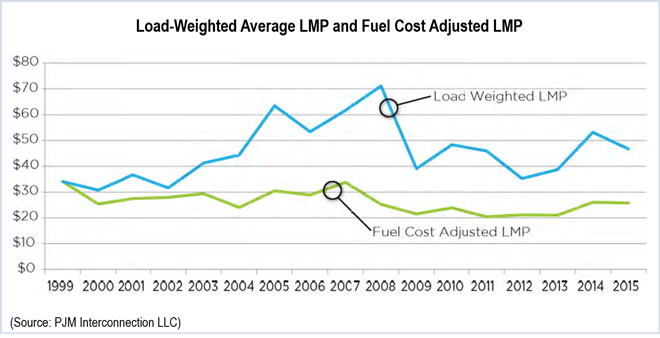

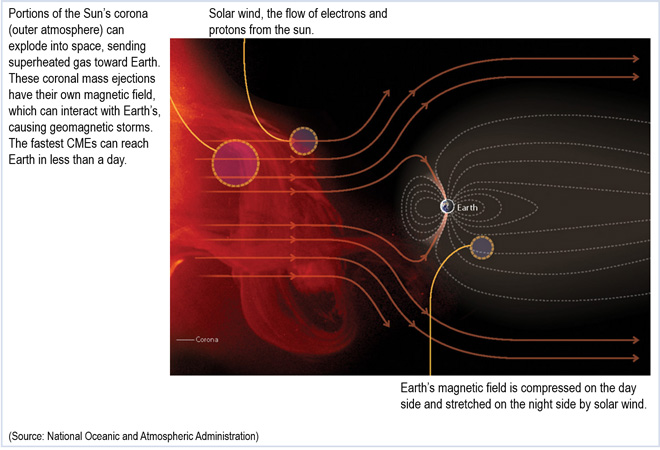
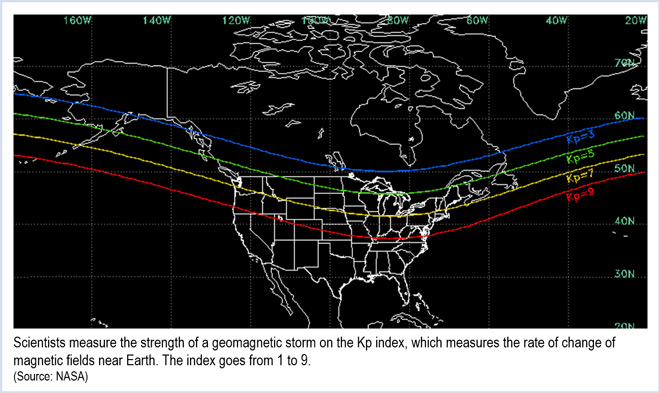




 ill lose its wires-only electric utilities, Pepco and Delmarva, which will be purchased by an energy conglomerate concerned with protecting its vast fleet of electric power plants, from which it derives most of its revenue,” they said. “Exelon’s economic interests to shield that fleet from emerging distributed energy technologies and other competitive threats are inherently misaligned with the interests of the customers of Pepco and Delmarva, who are predominantly concerned with efficient, cost-effective and reliable electric service.”
ill lose its wires-only electric utilities, Pepco and Delmarva, which will be purchased by an energy conglomerate concerned with protecting its vast fleet of electric power plants, from which it derives most of its revenue,” they said. “Exelon’s economic interests to shield that fleet from emerging distributed energy technologies and other competitive threats are inherently misaligned with the interests of the customers of Pepco and Delmarva, who are predominantly concerned with efficient, cost-effective and reliable electric service.”